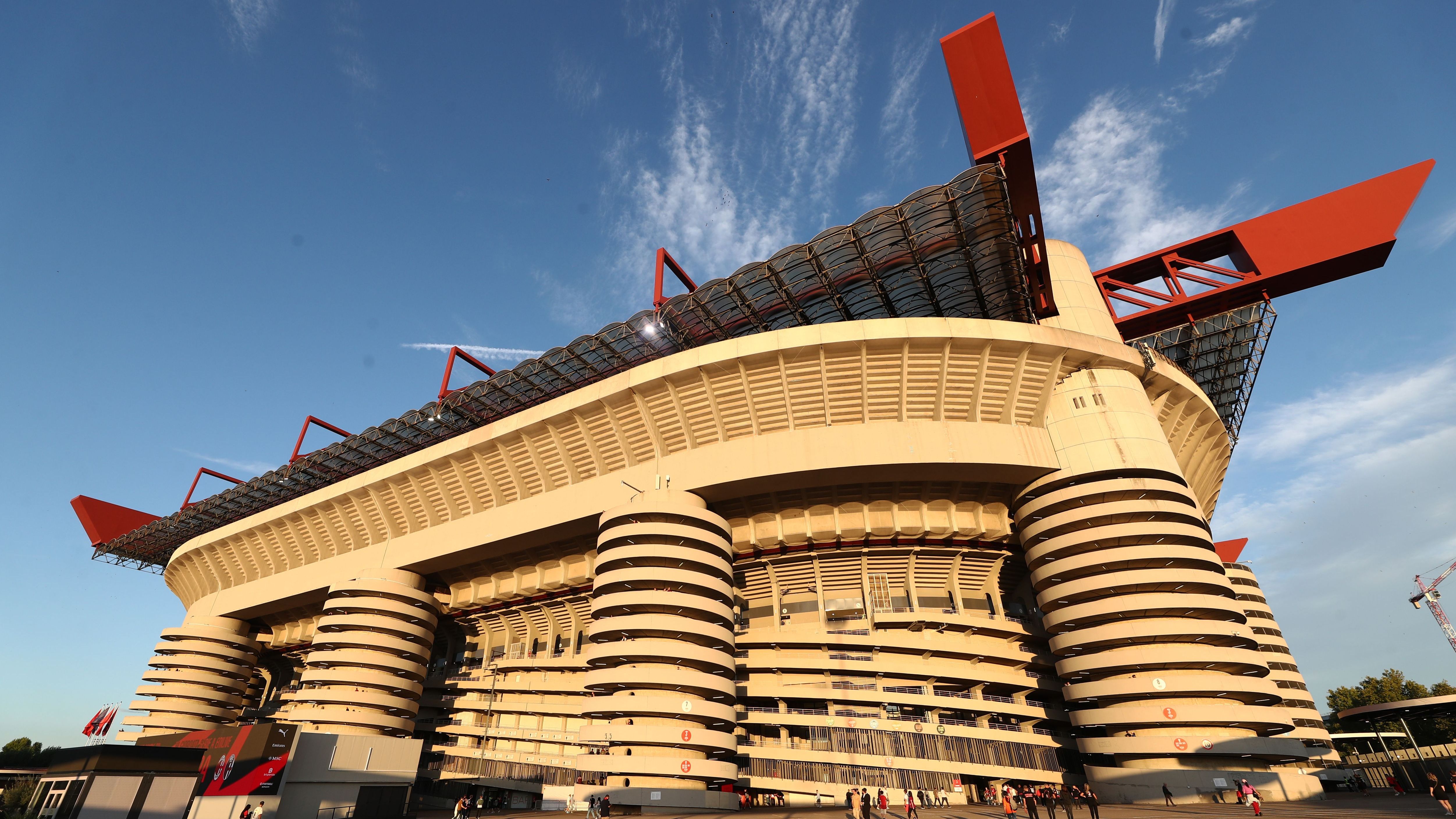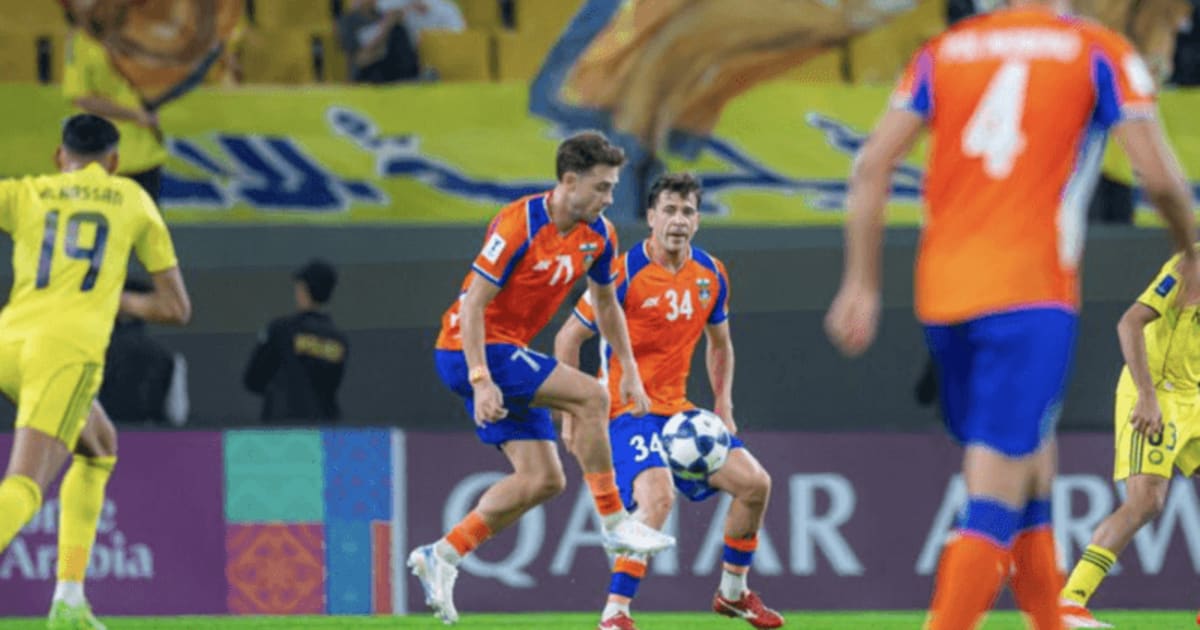AC Milan and Inter finalise €197m purchase of San Siro but deal under investigation for 'bid-rigging'

For the first time in nearly eight decades, San Siro, one of football’s most storied arenas no longer belongs to the city. On November 5, Milan and Inter jointly completed the €197 million (£165m/$215m) acquisition of the stadium and surrounding land from the Municipality of Milan, formally ending municipal ownership that dated back to 1947.The transaction, ratified by the City Council in late September, was finalised ahead of schedule after both clubs secured the necessary financial guarantees. The deal also includes the surrounding real estate complex, allowing the Milanese giants to begin planning a modern, 71,500-seat replacement arena west of the existing site. The purchase marks the dawn of a new era for Italian football. Long viewed as a relic of Serie A’s golden age, the San Siro or Stadio Giuseppe Meazza is set to make way for an ambitious redevelopment project led by architects Sir Norman Foster and David Manica, the duo behind London’s Wembley Stadium.The Municipality of Milan confirmed the transfer in an official press release on Tuesday morning, reading: “The notarial deed relating to the sale of the real estate complex including the Giuseppe Meazza stadium, classified within the current Land Management Plan as the ‘San Siro Major Urban Function,’ was signed today by the Municipality of Milan and the company Stadio San Siro S.p.A., following the proposal presented by AC Milan S.p.A. and FC Internazionale Milano S.p.A., pursuant to art. 4, paragraph 13, of Legislative Decree no. 38 of 28 February 2021 (‘Stadium Law’).”Shortly after, Milan and Inter issued a joint statement celebrating the landmark agreement. “The construction of the new stadium and the urban regeneration project for the San Siro area represent a new chapter for the city of Milan and for both clubs,” the statement read. “This important milestone reflects the shared ambitions of AC Milan and Inter, and their respective owners, RedBird and funds managed by Oaktree, for long-term sporting success and for an investment that will create value to support the sustainable growth of both clubs.”The clubs will continue to share the current San Siro until construction of the new ground tentatively scheduled for completion before Euro 2032 is complete.Even as both clubs celebrate their joint acquisition, the transaction has drawn scrutiny from Milan’s Public Prosecutor’s Office, which is investigating potential bid-rigging during the sale process.According to Tuttosport, promoter Claudio Trotta, co-founder of the Si Meazza Committee, was questioned this week by prosecutors. Trotta claims he and several partners were prevented from submitting a competitive bid due to the short timeframe imposed by the municipality. In an open letter to Mayor Giuseppe Sala, Trotta alleged that “alternative consortiums were never given a fair chance to participate,” raising concerns about transparency in one of Italy’s most significant sporting infrastructure transactions.City officials have denied any wrongdoing, insisting the sale was conducted “in accordance with all legal and procedural requirements.” The investigation remains ongoing, and no formal charges have been filed.Once construction begins, the new stadium, designed by Foster+ Partners and MANICA Architecture will seat around 71,500 spectators, roughly 4,000 fewer than the current San Siro. The blueprint includes expansive green zones, retail areas, offices, and leisure spaces, signalling a broader urban regeneration project for the district.The new arena is expected to be one of Italy’s five venues for Euro 2032, which the country will co-host with Turkey. Meanwhile, San Siro will continue to serve as a stage for major events, including the opening ceremony of the 2026 Milan-Cortina Winter Olympics before its partial demolition begins.For both Milan and Inter, this investment is about more than ownership, it’s about reclaiming Serie A’s global relevance. Once the home of the world’s best players, Italian football has spent the past two decades in slow decline, lagging behind the Premier League and La Liga in both finances and fan engagement.Now, the Milanese rivals hope that a new, privately owned super-stadium will symbolize a modern, sustainable future and a return to the grandeur of the 1990s and 2000s, when the San Siro was the beating heart of world football.









